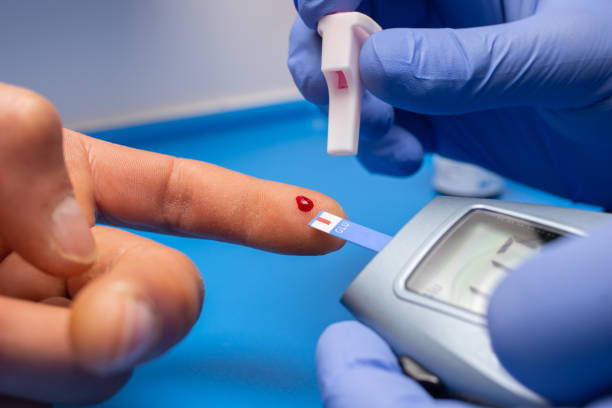Blood Sugar, or blood glucose, is the main sugar that is found in your blood. It’s your body’s main source of energy and it comes from the foods we eat. Your blood carries this sugar to all of your body’s cells so it can be used as energy.
The blood sugar in your body needs to be kept at appropriate levels to reduce the chance of diabetes and heart disease. Everyone needs to eat and obtain sugar, or glucose from their diet. However, the blood sugar levels should remain moderate. There should be enough glucose in order to fuel the cells, but not so much to overload the bloodstream.
What is glucose?

Atoms are represented as spheres and are colour-coded: carbon (black), hydrogen (blue) and oxygen (red).
If glucose makes you think of a syrupy, sticky substance, you’re almost right. Glucose is a sugar that circulates in your blood. It serves as the primary source for your body’s energy.
When you have a carbohydrate as part of your meal, such as pasta or bread, your digestive system breaks these carbohydrates down into sugar molecules of different complexities. With complex carbohydrates – an example here would be lactose from dairy products – your body finds it harder to break down. They are made up of different types of sugar molecule.
Another product of carbohydrate breakdown is glucose. However, it is a simple sugar. The cells in your body can easily change it to energy.
How glucose moves in your body
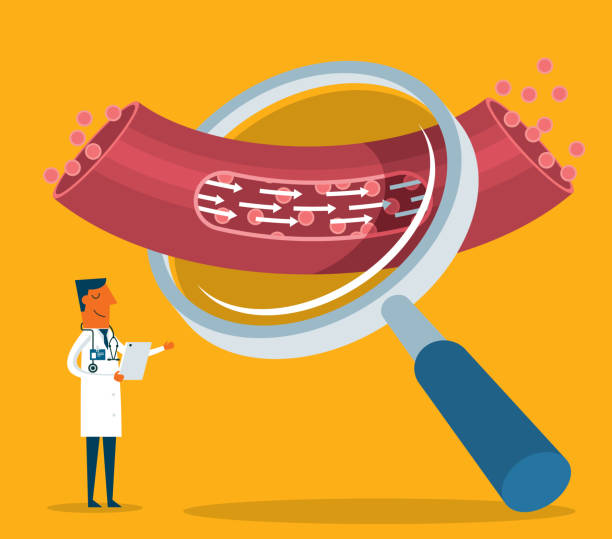
What happens next is that the glucose goes from your digestive system into your bloodstream. But, before it can enter your cells, it needs insulin to help it along. Insulin is the protein that enables the cells in your body to receive the glucose. Without insulin, your body’s cells would starve.
After you’ve eaten a meal or a snack, your blood sugar concentration will increase. It’s the job of your pancreas to release the insulin to move glucose from your blood to the cells.
As each cell receives glucose your blood sugar levels return to normal.
What happens then?
Both your muscles and your liver also store excess glucose. This is called glycogen. The role of glycogen in your body is to help it achieve homeostasis. Homeostasis helps your body function during periods of starvation, such as when you miss a meal or 2 in a row.
When you don’t eat for a while, your blood glucose concentration will fall. Your pancreas will then release another hormone called glucagon. Glucagon will help with the breakdown of glycogen and this will push the level in your blood back to normal.
So why is glucose important?
The right amount of glucose in your body helps to provide each cell with the energy it needs to function correctly. Too much, or too little can have an adverse effect on your body.
Most of the cells in your body make use of glucose as well as amino acids and fats for energy. Glucose is the main source of fuel for your brain. Both the chemical messengers and the nerve cells in your brain need glucose to help them process information. Without glucose, your brain won’t be able to work as well as it should.
What if there is too much glucose?
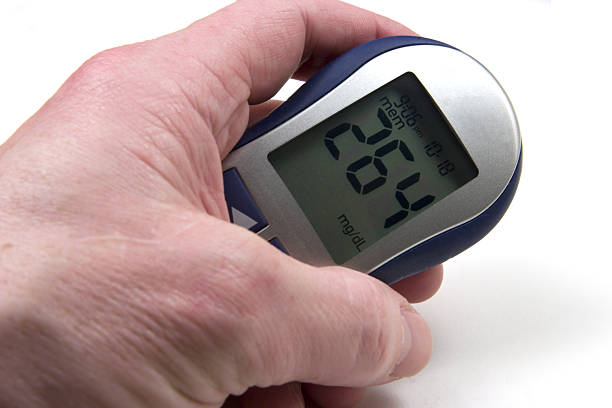
If your blood sugar levels are too high, too often, you may have a condition that is called hyperglycemia. This condition happens when your body does not have enough insulin to transport the glucose in the blood, or if your body is unable to use insulin properly. If your body does not have enough insulin, the glucose cannot enter the cells. The glucose then builds up in your bloodstream.
Most everyone will experience an increase in blood sugar levels after they have eaten a meal. In particular, after a large, glucose-rich meal is eaten. However, those who have continuous high blood sugar levels are likely to have problems with producing or using insulin. Those who do not have enough insulin are likely to have type 1 or type 2 diabetes.

If a person continually overeats and does not do exercise, he is likely to consistently have high amounts of blood sugar. The efficiency of the insulin in his body is thus reduced as it receives more glucose than it can actually process.
Interestingly, stress, both at home and at work also play a role in high blood glucose . During consistent stress, hormones are released that keep the glucose levels high.
What if there is too little glucose?
When the blood sugar levels in your body are too low, this is called hypoglycemia. It is a condition linked to diabetes. If you have type 1 or type 2 diabetes, a blood sugar level that is too low is dangerous. It can lead to coma and death.
There are a number of early symptoms and signs that are associated with a low blood glucose level. These include trembling in your hands, or in other parts of your body, tingling lips, seating, lightheadedness or dizziness.
Your brain needs a constant supply of glucose. Without this, there could be effects such as disorientation, confusion, difficulty in concentrating, and an aggressive or paranoid personality.
I don’t have diabetes – what happens if my blood sugar is too low?

Hypoglycemia can occur in people who do not have diabetes, but it is much less common. There are a number of possible causes that include:
- Medication: some medication that is prescribed for existing conditions such as hypertension can cause low blood sugar. For example, ACS inhibitors, and beta blockers. Others include some antibiotics, aspirin, quinine and Tylenol in larger doses.
- Excessive alcohol intake: if you drink too much, especially on an empty stomach, it can prevent your liver from releasing glucose into your bloodstream, causing hypoglycemia.
- Certain illnesses: severe illnesses such as hepatitis, cirrhosis, as well as kidney disorders.
- Hormone deficiencies: disorders of the pituitary and adrenal gland result in insufficient hormone production to regulate glucose production.

You could be affected by hypoglycemia if you haven’t eaten a meal. It could also occur after you’ve eaten a meal that is high in sugar because your body makes more insulin than it needs.
If your kidneys and liver don’t function properly, the breaking down and excreting medication is harder to do.
Managing your blood sugar levels

As with every health condition, what you eat plays a large role in keeping you healthy. The same applies to managing your blood sugar levels.
It is essential to eat correctly, and at the right time when you have diabetes. Even if you don’t have diabetes, eating sensibly is essential to maintaining good health.
Why is the glycemic index important to my blood sugar levels?
One way to ensure that you can manage your blood sugar levels is to choose foods to eat that won’t disrupt your blood sugar levels. This can be done by referring to the glycemic index. What the glycemic index does is provide a value to each food. Those foods that will cause a dramatic rise in your blood glucose level – food such as junk food, cakes and candy – are listed high in the glycemic index.

The foods that will minimize a rapid fluctuation done through a slow release of energy are given a low score on the glycemic index.
The glycemic load (GL) is based on the GI. It indicates what the total impact that a serving of food will have on your energy levels.
Foods that are high in refined carbohydrates and sugar are digested quicker than those that have fewer carbohydrates and no added sugar. These are generally high on the glycemic index. They are the foods you’ll want to avoid. An example would be junk food, pies, candy, processed food and bread.
Foods that are protein-rich, high in fat and fiber usually have a low rating on the glycemic index.
The foods that have no carbohydrates such as meat, fish, nuts, seeds, herbs and oils, are not given a GI rating.

Consider a low GI diet for your health
A low glycemic diet means choosing foods that have a low rating on the glycemic index. This diet includes foods such as fruit, non-starchy vegetables, whole grains and legumes. Foods that have no GI value can also be included. Foods such as meat, seafood, poultry, herbs, seeds, nuts and oils all have an extremely low, or no GI value.
It is best to avoid food that has a high GI rating. They include junk food, beverages that have added sugar, bread, cereals, pastas, rice, starchy vegetables and baked goods.
What to do if your blood sugar levels are low (I have diabetes)
If you experience symptoms of low blood sugar, there are a number of things to do to help stabilize it in the immediate term. For immediate treatment, the following can be done:
- Eat or drink 15-20 grams (about 1 full tablespoon) of fast acting carbohydrates. So, any sugary foods without protein such as sugary candy, fruit juice, soft drinks will help.
- Take your blood sugar level after about 15 minutes after eating or drinking the carbohydrate. If your levels are still low, have another tablespoon of fruit juice, or sugary candy.
- Once your blood sugar level is normal, have a light meal or snack. This can help stabilize your blood glucose level.
If your blood sugar levels are too low or too high, what should you do?
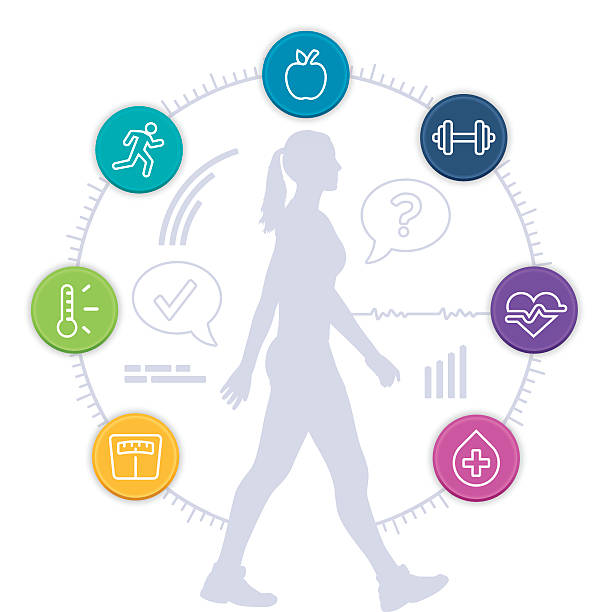
If you find yourself in a situation where your blood sugar level is too high, insulin will assist in bringing it down. For those who have diabetes, blood sugar levels that are too high means that they may need to use synthetic insulin. However, in situations that aren’t as serious, doing a little bit of physical activity can help to lower your blood sugar level.
If you blood sugar level is under 70 mg/dL, it is way too low. If you have diabetes and you miss a dose of your medication, it can result in levels of blood sugar that are too low. This is potentially dangerous. It can also happen if you are eating less than normal and you are doing a lot more exercise than usual.
What is the normal level for your blood sugar?
To ensure that your body is at its best, you do need to maintain your blood sugar levels at the normal range.
It goes without saying that if you have diabetes, you do need to be highly aware of what your blood sugar levels are. The healthy range for your blood sugar level, before you eat is 90-130 mg/dL. Once an hour or 2 has passed, it should be less than 180 mg/dL.
Sometimes your blood sugar level will suddenly rise. This could be triggered by:
- A large and heavy meal
- Lack of exercise or any physical activity
- If you’ve neglected to take a dose of your diabetes medication
- Stress – both at work and at home
How do I test my blood sugar levels?
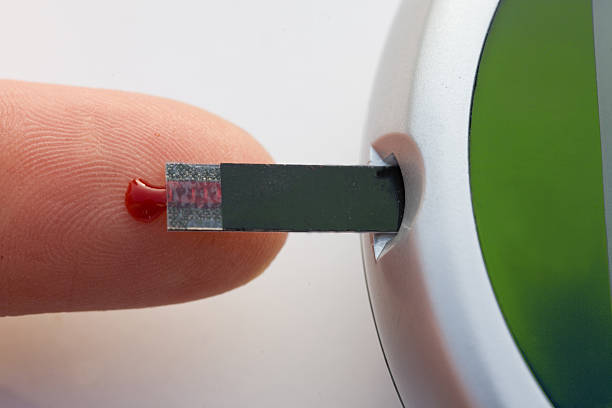
This is actually quite important, especially if you have diabetes. If you have diabetes, you are more than likely used to testing your blood sugar levels as part of your day-to-day routine.
The most common, and probably the easiest way to check your blood sugar level is by doing a very simple blood test. A small needle called a lancelet is used to prick your finger. This produces a drop of blood which you then place on a test strip. The strip is then inserted into a meter and this reads the glucose level. This typically takes about 20 seconds or so.
Last words
Just like any other medical condition, it is best to have any blood sugar problems seen to before they become too advanced.
The right blood sugar levels are essential to helping your body work at its best. The right food, at the right time, coupled with exercise is extremely necessary.
Being aware of your glucose levels and what contributes to keeping it at the optimum level, ensure that your body remains functioning at its best.

